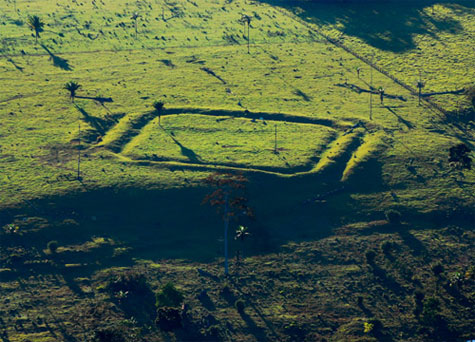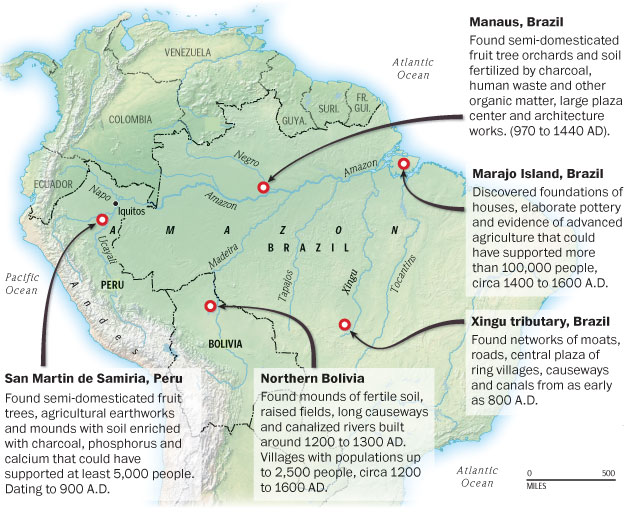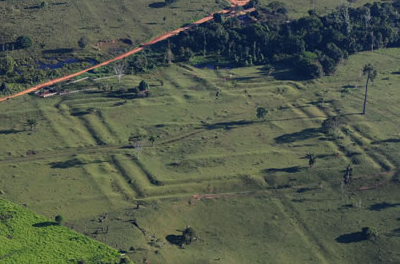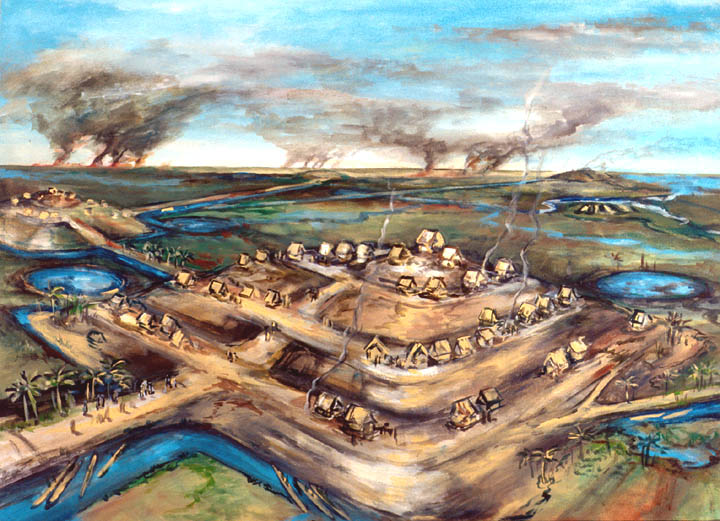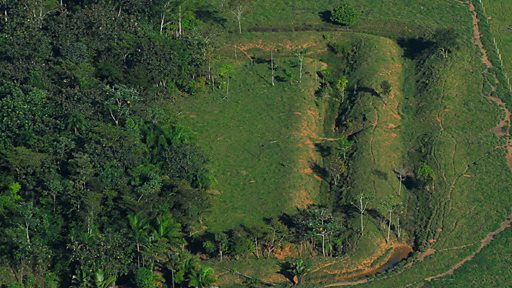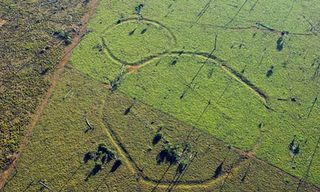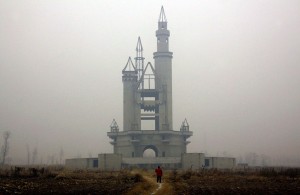Did The Amazon Basin House A Huge Society?
Archaeologists have long believed that the Amazon basin was too harsh an environment to house any kind of perpetual society. With poor soil quality and numerous hazards, they thought only small bands of hunter gatherers could have ever managed. Evidence is now growing that the reverse may have been true, with towns and villages housing people who lived off the land. Some archaeologists are now theorizing that there may have been as many as 20 million Indians housed in the convoluted jungles, centuries ago.
There are reports from a Spanish friar – Gaspar de Carvajal – back in 1451 about towns and cities in the Amazon. However, for many years his writing has been discredited as fiction produced by him to justify to investors his lengthy trips in search of a city, El Dorado, filled with gold. He wrote of “cities that gleamed white,” canoes that carried tens of warriors and “fine highways”.
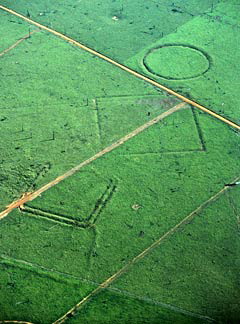
New technology has helped archaeologists find clues beneath the dirt that previously would have been impossible to spot. Shards of submerged pottery have been found in various sites that were once thought unlivable. One scientist, Augusto Oyvela-Caycedo says “There is a gigantic footprint in the forest….. It’s a product of human actions.” Another clue to human culture is the widespread unearthing of a special type of dirt named terra preta which is a nutrient rich soil produced by mixing in charcoal, excrement and other organic matter. At one site deep in the jungle this terra preta has been found running 3 feet deep across 100 acres, which would be enough area to feed 5,000 people.
Eduardo Neves, a Brazilian archaeologist has found vast orchards of semi-domesticated fruit trees. Michael Heckenberger has found moats, causeways and canals from AD 800. In the 1980’s Anna Roosevelt produced controversial evidence that on Marajo Island, near the mouth of the Amazon, there was enough advanced agriculture to support 100,000 ancient people.
Other evidence has been unearthed thanks to the hideous amount of deforestation that goes on in these regions. Aerial photos have found over 200 geometric earthworks (geoglyphs) in the upper Amazon region. Some are near perfect circles and squares.
Ditches have been measured that are 36 ft wide and 100-300m long dating between 200-1283AD. So how did a group manage these infertile lands and successfully grow crops? One theory is that they used a technique called raised field agriculture, where large tracts of lands were elevated. This aids drainage and avoids seasonal flooding.
Evidence seems to be mounting but there are still many that believe this is a fantasy world produced by archaeologists looking for a promotion. Only time will tell, but it does seem that even if the numbers are inflated, there certainly were a significant number of people dwelling permanently in these hospitable jungles.
Where did they go? Europeans probably spread their dirty diseases to them in the 15th and 16th centuries. Dirty westerners.
MORE HISTORY:
EMPEROR HUIZONG OF SONG AND HIS AMAZING ARTISTIC OUTPUT

